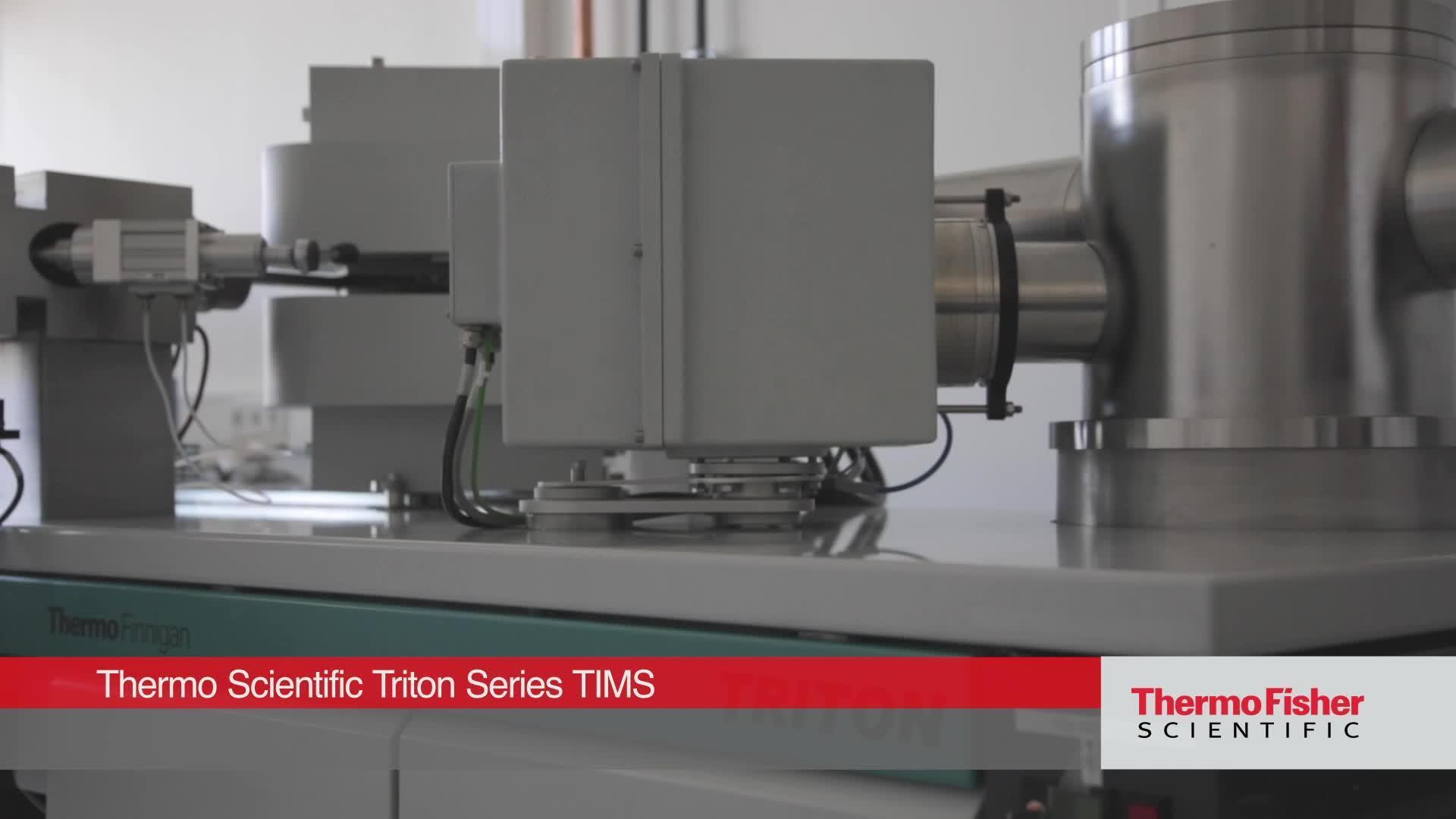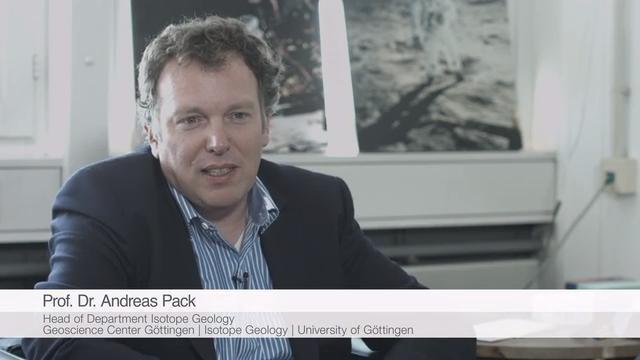Search Thermo Fisher Scientific

Overview
Exciting things happen when geoscientists start exploring. Whether that research takes you deeper into the earth, the fossils, the sea or the sky, our comprehensive portfolio of geoscience solutions can power your next breakthrough and enable your next moment of greatness. We proudly offer a large geosciences research portfolio — ready and waiting for your next discovery.
Geosciences topics

Geochronology
Geochronology involves understanding time in relation to geological events and processes, examining rocks, minerals, fossils, and sediments. Absolute age determination is performed by radiogenic isotope dating methods. Relative age determinations involve paleomagnetism, stable isotope ratio calculations, as well as bio- or paleo-stratigraphy.

Climate change research
The past climate helps us to understand climate change and how it can affect us today. Isotopic analysis of ice cores and biogenic carbonates can be linked to past temperatures and global sea level variations. Also, clumped-isotope thermometry attracts growing interest as a very powerful tool for paleotemperature reconstructions.

Geochemistry
Natural variations in the relative abundances of isotopes and elements are used as tools to explain the mechanisms behind geological systems on Earth and in the cosmos. These provide insights into a variety of processes, like the evolution of the Earth's surface over time, its deeper geochemical reservoirs, the evolution of the ocean chemistry, and Earth's climate.

Biogeochemistry
Isotopic signatures in a wide variety of complex organic compounds reveal unique insights in biological and biogeochemical processes. This is true as chemical, physical, and geological processes lead to changes in the natural isotope composition of organic compounds.
Featured resources
Measure clumped Δ47 from carbonates
Clumped isotopes can be used to investigate past climate changes by reconstructing temperatures from diverse archives.
Geosciences brochure
Whether that research takes you deeper into the earth, the fossils, the sea or the sky, our comprehensive portfolio of geoscience solutions can power your next breakthrough and enable your next moment of greatness.
Exploring new frontiers of in situ geochemical analysis
With substantial capital investments at stake, it is crucial for mining companies to quickly identify and recover the most economically viable resources.
Webinar: Optimized Tools to Find the Right Information
This webinar highlights recent innovations in ICP-OES and triple quadrupole ICP-MS and shows how to effectively apply these techniques in your lab for comprehensive, fast, and quantitative characterization of samples.
Elemental analysis of fine particulate matter air pollution
This application note demonstrates the suitability of the Thermo Scientific iCAP TQ ICP-MS equipped with the PLUS torch for monitoring the elemental composition of fine particulate matter such as the PM2.5 fraction.
Using triple quadrupole interference removal to improve data quality
This application note focuses on three geological systems in particular that can suffer from difficult isobaric interferences, namely Ur-Pb geochronology, Hf isotope analysis, and rare earth element (REE) determination.
Videos
Early earth and environmental sciences at the University of Göttingen
The research of Matthias Willbold's group focuses on the evolution of the early earth and how it transformed into a habitable planet.







